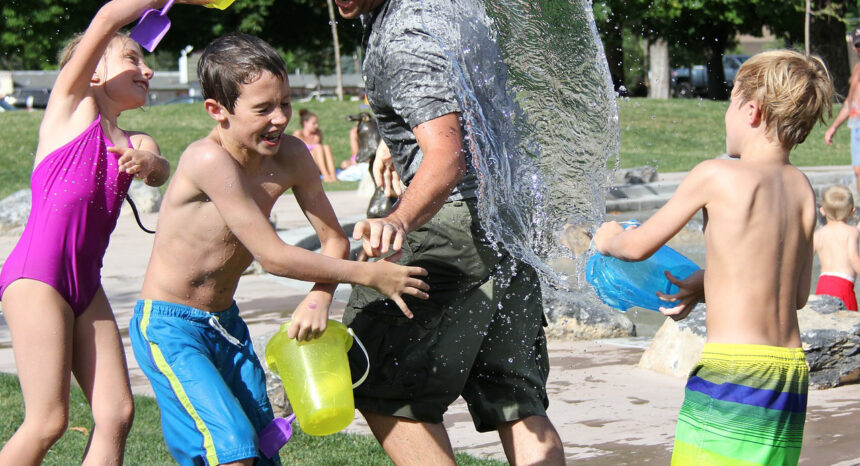A new study looks at how special education students and students who are learning English spend the summer. Researchers want to understand why some children forget what they learned while they are away from school.
The issue: Scholars established years ago that some students fall behind in their lessons during summer vacation. This “summer learning loss” poses challenges for teachers, especially those who work with kids who already struggle in school. Administrators are constantly launching and tweaking programs aimed at encouraging youth to read and do math at home in June, July and August – either to catch up to their peers, get ahead in a subject or simply maintain their skills.
Some researchers believe this loss of learning over the summer is partly to blame for gaps in academic achievement that have long separated white children from minority children and poor kids from their wealthy counterparts. A 2013 study published in the American Educational Research Journal, for example, finds that low-income children spend more time watching TV and less time talking to adults during the summer.
Not much is known about how “exceptional” students — students who have a physical or mental disability and children who are learning to speak English – spend their summers. But a new study offers important insights.
An academic study worth reading: “The Summer Learning of Exceptional Students,” forthcoming in the American Journal of Education, 2017.
Study summary: Seth Gershenson of American University and Michael S. Hayes of Rutgers University-Camden studied how exceptional students spend the summer months compared to students enrolled in mainstream classrooms. The authors examined data on summer activities, summer learning and household characteristics that the National Center for Education Statistics collected through its 1999 Early Childhood Longitudinal Study-Kindergarten Cohort (ECLS-K).
The ECLS-K study focuses on more than 20,000 U.S. children who started kindergarten in 1998. The sample used for this study includes about 1,350 children, 100 of whom are categorized as exceptional. The researchers estimated how much learning occurred in these students between the spring semester of kindergarten and the start of first grade.
Key takeaways:
- Exceptional students are less likely to participate in organized summer activities and summer daycare programs than mainstream students. They are more likely to be enrolled in summer school, and their parents are more likely to practice math with them during their summer vacations.
- When given an assessment test to measure how much they had learned in reading over the course of a summer, exceptional students showed they had made greater progress than their mainstream peers. Much of the difference is driven by the progress made by exceptional students with disabilities such as a learning disability or speech impairment.
- Exceptional students from low-income households made much smaller gains in reading than exceptional students from other income levels.
- This study “furthers our understanding of the mechanisms through which low-income students fall behind during the summer months … That the lower rates of summer learning among low-income students are almost entirely driven by low-income exceptional learners raises several issues that merit further inquiry and have potential implications for education policy and practice.”
Other resources:
- The National Summer Learning Association is a nonprofit advocacy organization.
- The U.S. Department of Education’s Office of Special Education Programs offers a range of information and data on special education students and the programs that serve them.
- About 13 percent of U.S. public school students ages 3 to 21 receive special education services, according to a 2016 report from the National Center for Education Statistics (NCES). More than one-third of special education students in 2013-14 had learning disabilities.
- A 2017 report from NCES focuses on students who are learning to speak English in local public schools. In 2014–15, 9.4 percent of U.S. public school students participated in language-assistance programs.
Related research:
- A 2017 study published in Educational Evaluation and Policy Analysis, “Effects of a Summer Mathematics Intervention for Low-Income Children,” suggests that offering students a free laptop and subscription to an online math program over the summer did not result in higher math test scores.
- A 2016 study in Early Education and Development, “Spanish and English Early Literacy Profiles of Preschool Latino English Language Learner Children,” examines the differences in the development of language and literacy skills among students who are learning to speak English.
- A 2015 study in the Journal of Learning Disabilities, “Impact of Intensive Summer Reading Intervention for Children With Reading Disabilities and Difficulties in Early Elementary School,” shows “widening differences in reading abilities between students with RD [reading difficulties] who do and do not receive intensive summer reading instruction.”


Expert Commentary